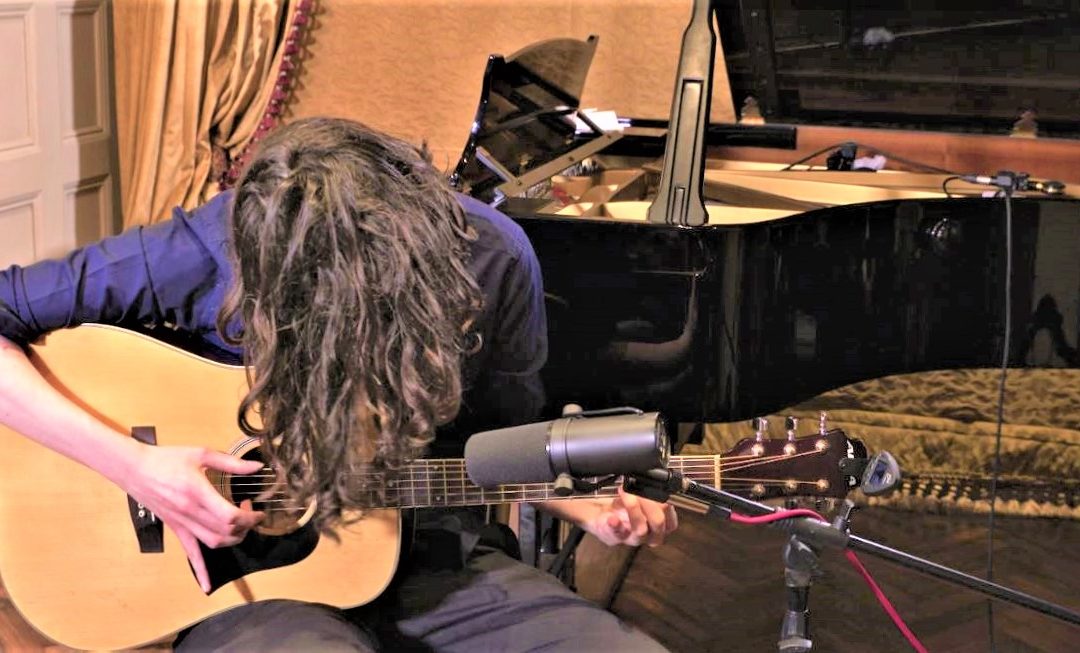How to use plectrums or guitar picks
Here at WKMT studio, we have many students for piano lessons, Singing, Violin, Cello and guitar. Every discipline and instrument requires a different technical approach. In the case of the Guitar, especially the Electric Guitar which uses picks or, a more technical name would be “plectrums”, is paramount for a good technique that favours the performance as the different types of plectrums will impact on the sound. The first thing that makes you choose from an array of sizes and thickness of the picks is the type of guitar you are playing. Thinner plectrums are preferred to play Acoustic guitars with metal strings; thicker ones to play electric guitars, more commonly used to play rock and blues styles. This is based upon the idea that with an acoustic guitar you will be strumming chords over rock styles in which is more common to use them for licks and solos.
As a bit of general advice, you can use Jim Dunlop Nylon .60mm for Acoustic guitars if you are to play chords of if you want to be the rhythm guitar. Jim Dunlop Jazz III plectrum will work better for lead guitarists. Of course, this is just a general overview among many possibilities are available within a vast world of possibilities!
We also have to consider how to hold the pick as well. As Tom Rickerby says in his article “It is best to hold the plectrum at a 45-degree angle pointing towards the headstock, this helps with crossing over the strings as the angle prevents the pick from getting caught on the strings. Holding the plectrum at this angle also adds a slight ‘bite’ to the sound, which can be useful in certain styles of music such as rock. “
Read it fully now by clicking on the link aforementioned. We thanks Tom for his hard work also at LAO when making the recording sessions of our concerts possible in the best way.


Recent Comments